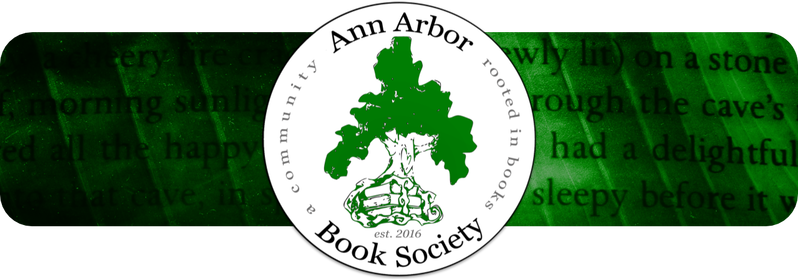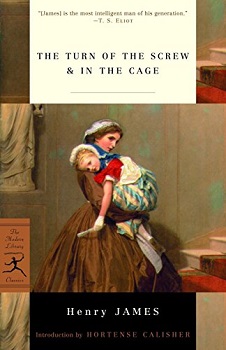When I was a brand-new college student, one of my teachers told me I might like Henry James’s The Turn of the Screw based on some other books I mentioned having read and enjoyed. He was right. I was (and still am) partial to haunted house stories, and James’s is a great one: the remote manor of Bly with a small staff who are in service to no one but two genuinely creepy children. Then there’s the governess, such a flawed and complicated—but ultimately, for me, likeable—protagonist. I have loved every bit of this story since the moment I read it, but it wasn’t until recently that I realized why it so resonates with me: the story’s obsession with issues of status.
The governess is preoccupied with her status among the other servants at Bly and her status below the absent master of the manor, with whom she is infatuated. We learn that while he was alive, Quint put on gentlemanly airs, wearing the master’s clothes. And we as readers are struck by the oddness of the two little children socially outranking all the adults who serve them; these servants are the only adults on hand.
I share this book’s obsession with status: I grew up in a solid and proud working-class family and held a number of blue-collar jobs on my way to my lifelong career, but that career changed the color of my collar; I teach at a university now. Negotiating the breach between these two worlds—my working-class home and white-collar vocation—is difficult, in turns frustrating, infuriating, and sad.
When I have nightmares, they often involve staircases—steep spiral stairs, stairs that move or fold up under me, uneven or missing stairs, high landings or deep basements that I can’t figure ways out of. I know what haunts the ghosts of Bly. Both ghosts, Quint and Jessel, appear to the governess on staircases – trying in death to gain some symbolic advantage in the class system that had previously relegated them to a certain kind of life. I don’t think they are successful; they never seem to make it up the stairs. That’s part of why the story stays with me, worries me, remains one I return to again and again, even decades after I first read it.
–Gina Brandolino


